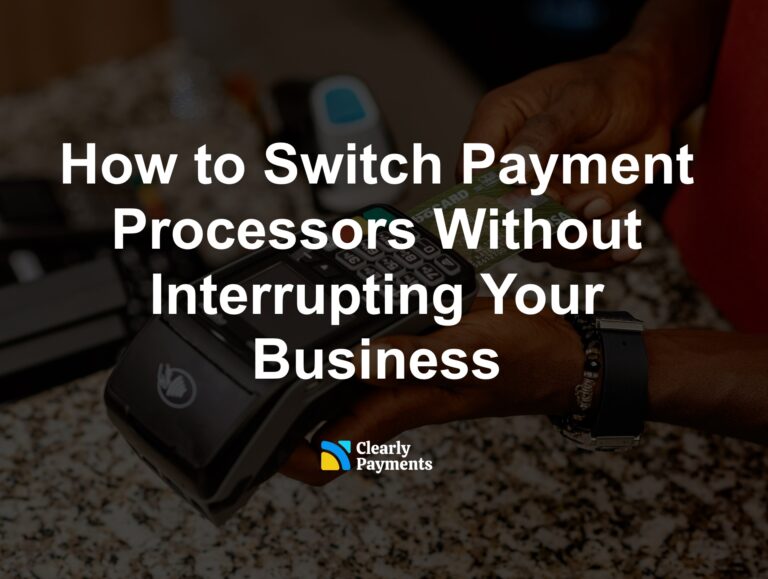Billing cycles are one of the most important components that payment processors use to determine the risk level of a business. They determine the risk level with an underwriting process. Billing cycles are the methods you use as business to charge your customers. For example, the typical cycle for retailers is a one time transaction. You go to the store, pay for your merchandise, then leave. Some businesses offer ongoing services. Some examples are gym memberships, online course subscriptions, or any other recurring billing business models.
The longer the billing cycle, the more risk. Quarterly billing is riskier than monthly billing. The reason for it being riskier is that merchant account providers are the ones at risk for the money that customers are charged. For example, let’s say a business provides 1000 customers with annual subscriptions for $200 per year. If the business declares bankruptcy three months into the year, the merchant account provider is liable to pay back the full $200,000 (1000 x $2000) to cardholders if and when they conduct chargebacks.
It’s a difficult process for a business to come up with a convenient for your customers and competitive in your industry. Clearly Payments works hard to adapt to the types of billing cycles you want. Some payment processors will not allow anything more than a 30 day recurring billing cycle. We are able to work with some businesses on quarterly, semi-annually, and even annual billing.




